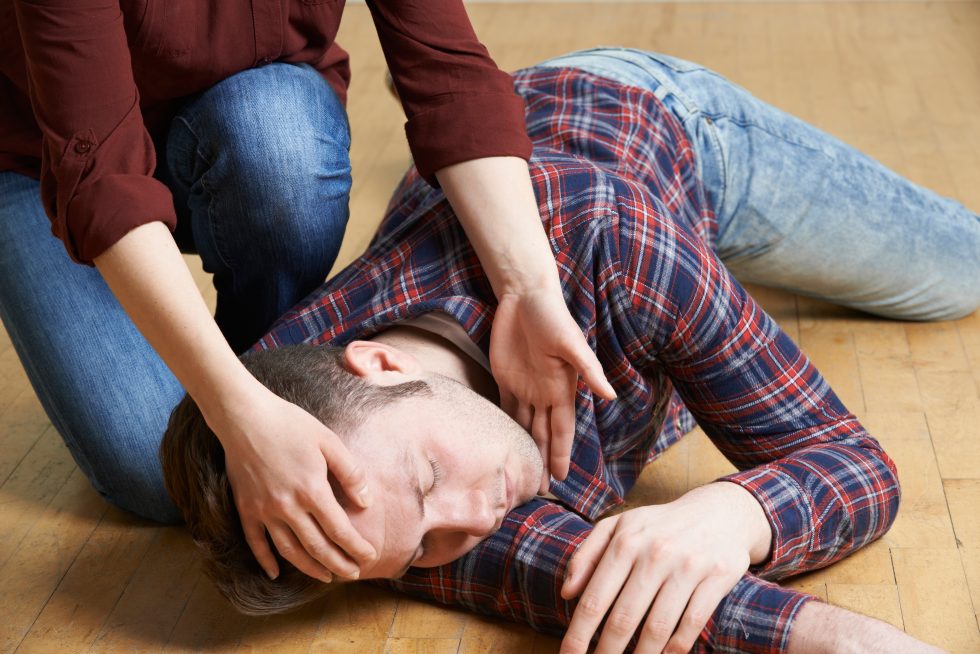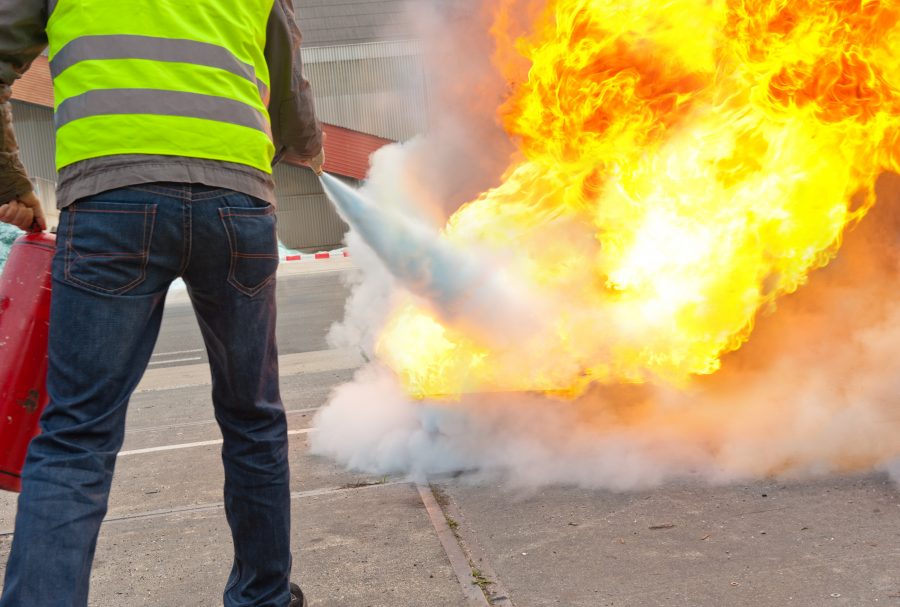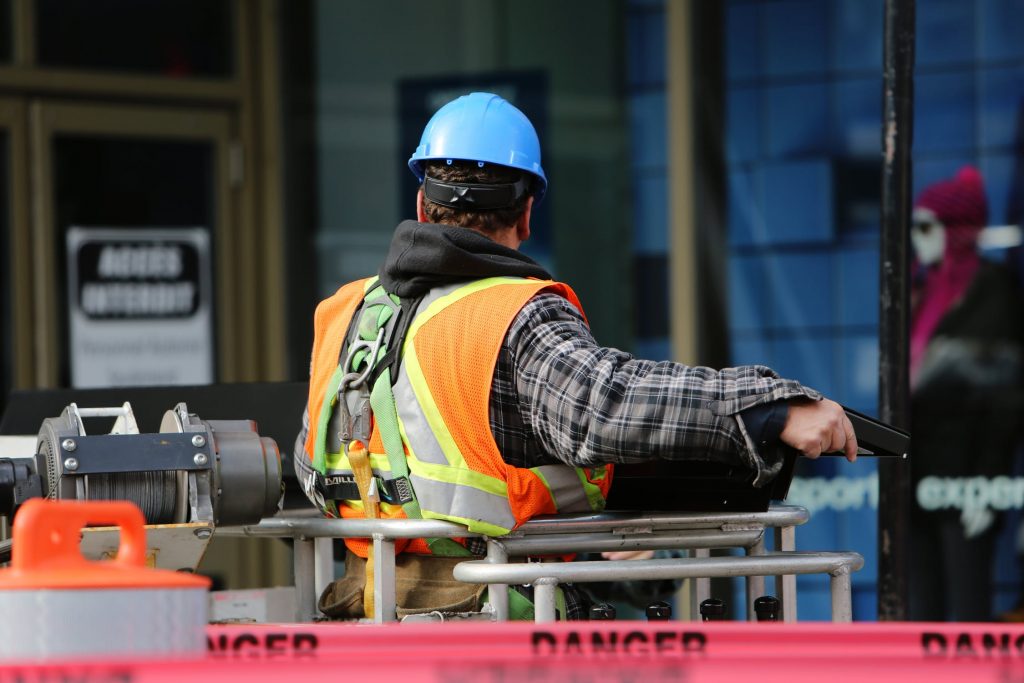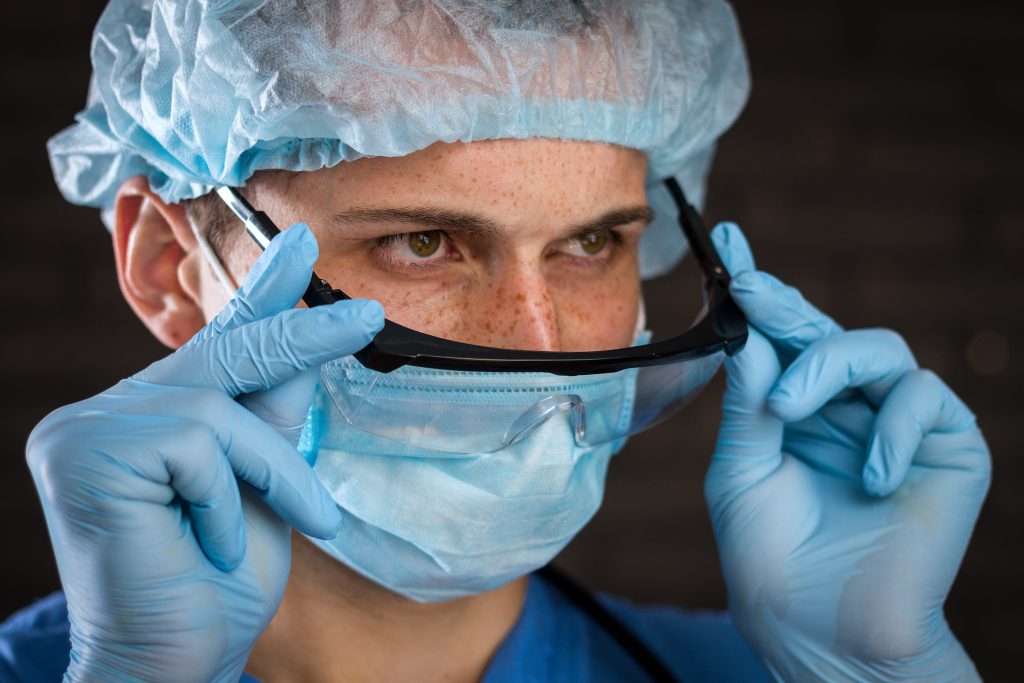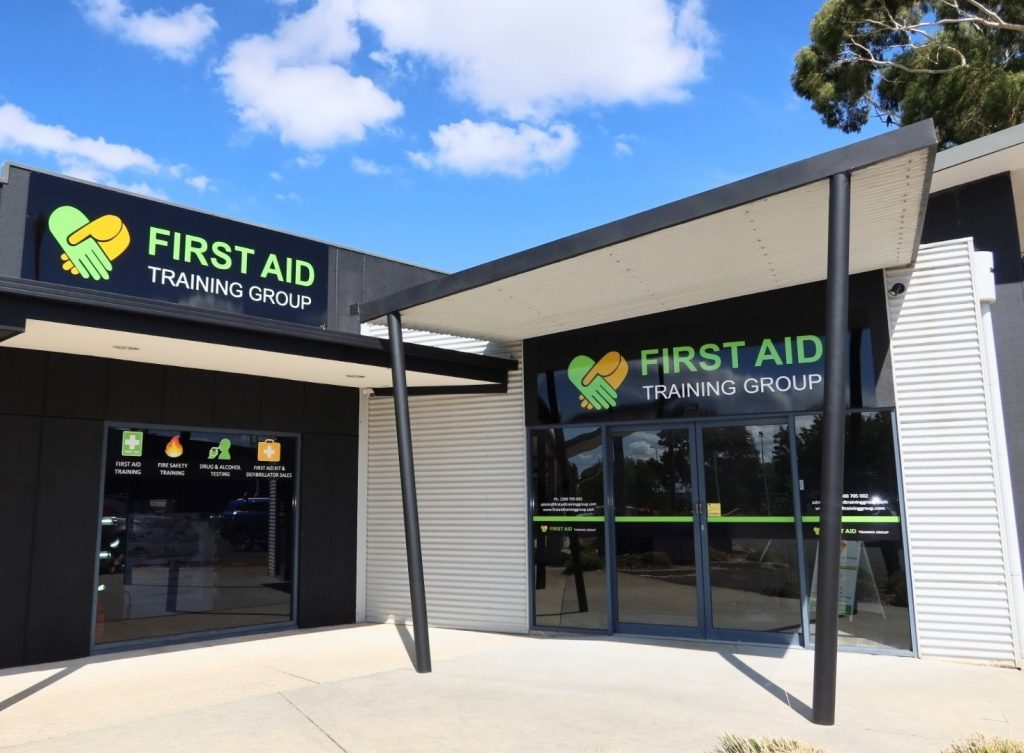Protection from infection
Why it is important to protect yourself and others?
While COVID-19 currently plays on our mind, the idea of standard or universal precautions as a barrier to infection is not a new topic. Traditionally, we think of just protecting ourselves. But there is more to the story. The impacts of infection apply to all of us and can mean the difference between life and death in some cases.
What are Standard or Universal precautions?
The level of protection that we need relates to the level of risk we are likely to encounter. When it comes to first aid and other elements of health-related care, there is always a minimum level of protection. The higher the risk, the more protective equipment we need; face masks, goggles, disposable gowns and so on. These are what we refer to when we talk about universal precautions – the protection we apply for all risk of exposure to infectious substances.
Consider the need for Cardiopulmonary resuscitation (CPR). The current Australian Resuscitation Council guidelines recommend some form of “barrier device”(1) for breathing into the casualty, while good infection control practices call for the use of gloves as another barrier. An appropriate resuscitation mask will protect the rescuer against inhalation of the air from the casualty’s lungs. The gloves protect us from the risk of infection from direct contact of the sick or injured person.
What’s all the fuss?
We are all now getting used to the need for wearing face masks and limiting direct contact between people. Ambulance Victoria already requires their Paramedics to apply more strict levels of protection when attending to patients. You will often see them in full-length disposable gowns, gloves, masks. What you won’t see is the strict cleaning requirements after they have finished with a patient. Hospitals must do the same between patients.
When we are dealing with anyone who is sick or injured, we need to apply a similar level of safety. First Aid training has taught us the need to wear universal precautions for a long time. But it is important to note that we need to protect the casualty as much as we need to prevent infecting ourselves.
How easy can infection transfer?
In a simple experiment, ten students put on gloves in a university laboratory. They stood in a line while the first student’s glove received a dose of Staphylococcus aureus (Golden Staph). Each student then touched the glove of the person next to them until all ten students’ gloves were contaminated. Swabs from the contaminated gloves were grown for a week in a growth medium. At the end of the week, there was an inspection of the samples. There was almost as much bacterial growth from the tenth glove as there was from the first.
In this case, the infectious substance was Golden Staph, a common skin bacteria. The same also applies to “gastroenteritis, arbovirus, respiratory illness, scabies, and vancomycin-resistant enterococci (VRE)”. (2)
How do we avoid transferring infection?
Following on from guidance from the World Health Organisation (WHO), we can minimise the transfer of infectious substances with relative ease. By using universal precautions and proper hygiene, the risk of virus transfer is easier to control.
We should remove universal precautions in the following order:
- Remove any gown, if it is in use, and dispose of it in an appropriate bin.
- Remove any goggles and dispose of them in an appropriate bin..
- Remove the face mask and dispose of it in an appropriate bin.
- Lift the edge of one glove and make sure not to touch the inside surface of the other.
- Peel the glove half-way down and use that surface to remove the second glove.
- Turn the glove inside out and keep the first glove inside it.
- Any item contaminated with body fluids should be placed in a separate contaminated waste bag and disposed of by an appropriate company.
- Immediately clean your hands and any exposed skin with soap and water and/or alcohol-based agent.
Washing with liquid soap and water for a minimum of 20 seconds is a simple start. If water and soap are not available, use an alcohol-based hand rub with a minimum of 70% alcohol. (3)
We have seen ongoing reminders from authorities warning us to cover our mouth or use the crook of our elbow when sneezing or coughing.
Surfaces need cleaning at regular intervals. High-frequency touch surfaces need frequent cleaning at roughly 30-minute intervals, and low-frequency areas require cleaning every couple of hours.
According to guidance from Ballarat Health Services and others, surgical-style face masks require changing every four hours while a triple-layer cloth mask requires changing when they become damp.
What about CPR?
In the section Management of an unconscious community collapse, DHHS advises that:
“The underlying principles for cardiopulmonary resuscitation (CPR) remain the same. What has changed with the COVID-19 pandemic is the risk to rescuers. Any attempt at resuscitation is better than no attempt. Many sudden cardiac arrests occur in the community and many will be unrelated to COVID-19. For lay rescuers who are unable or unwilling to do rescue breathing, compression only CPR (+/- defibrillation) is acceptable. After any attempts at resuscitation, please adhere to current advice about hand washing, cleaning and decontamination of equipment.” (3)
Conclusion
First Aid Training Group takes student and customer welfare seriously. We have implemented an infection control policy. This policy includes the requirement to wear a mask, temperature measurements, physical distancing and no sharing of resources during training. We have ample stocks of alcohol-based hand rub and Therapeutic Goods Authority (TGA) registered surgical masks for sale. Our courses have even moved online as much as possible to minimise face to face contact.
By implementing infection control measures, we can all do our bit to reduce infection numbers; whether by COVID-19 or any other infection risk.
References
(1) ANZCOR Guideline 8 – Cardiopulmonary Resuscitation, Australian Resuscitation Council, 2016, p3 accessed 17/08/2020
(2) Infection control guidelines, Department of Health and Human Services, https://www2.health.vic.gov.au/public-health/infectious-diseases/infection-control-guidelines accessed 17/08/2020
(3) Coronavirus disease 2019 (COVID-19) Infection Prevention and/or control guideline, Ed. 3, Department of Health and Human Services, 08/08/2020, pp7-10, p31 accessed 17/08/2020


